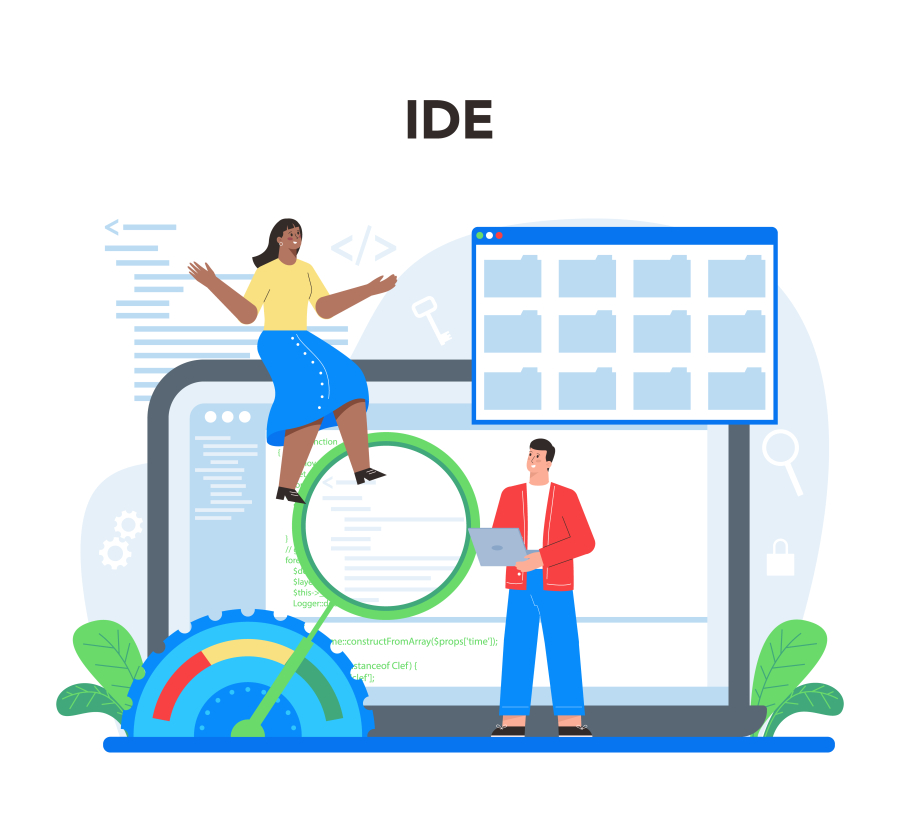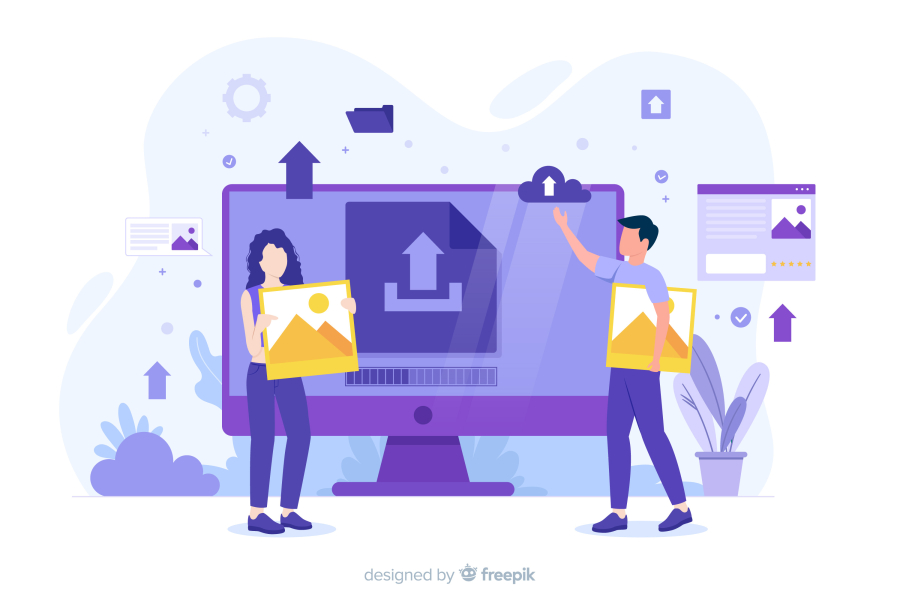Why Feedback Is Essential for Creative Growth
As freelancers, we pour our creativity, time, and energy into every project. But to truly grow as creative professionals, we need something more than inspiration or experience — we need feedback. Whether you're a graphic designer, writer, consultant, or architect, honest feedback is a cornerstone of continuous improvement and professional excellence.
At FreelancerBridge, we’ve seen firsthand how feedback, when embraced strategically, can shape a freelancer’s journey from good to exceptional. In this article, we explore why feedback is vital for creative growth, how to seek it effectively, and how to use it to refine your craft and elevate your freelance career.
Long Description: The Power of Constructive Feedback in Freelance Creativity
1. Understanding the Role of Feedback in Creativity
Creativity thrives on exploration — but also on reflection. Without feedback, it’s easy to get stuck in a bubble, repeating the same mistakes or failing to see your blind spots.
Why feedback matters:
It reveals gaps in your work
It challenges your assumptions
It helps you understand how your audience perceives your output
It supports iterative learning and evolution
For freelancers, who often work alone, client, peer, or audience feedback acts as a mirror — reflecting strengths and areas to improve.
2. The Two Types of Feedback: External and Internal
External Feedback
Comes from:
Clients
Peers or mentors
Online communities or audiences
Benefits:
Offers perspective you may not have considered
Helps align your work with client expectations
Validates or questions your creative direction
Internal Feedback
This is your own self-assessment or critique. It's developed through:
Experience
Practice
Comparing your work to industry benchmarks
Why it matters:
It trains your critical thinking
It allows pre-delivery revision
It builds creative intuition over time
Both forms are essential. Relying only on yourself can result in tunnel vision; relying only on others can hinder confidence. A balance is key.
3. How Feedback Leads to Creative Growth
Feedback isn’t just about correction — it’s about evolution. Here’s how it supports growth:
Refines Techniques: Helps you spot technical flaws or inconsistencies
Encourages Experimentation: Good feedback inspires you to explore new methods
Develops Resilience: Learning to accept critique toughens your mindset
Improves Client Relations: You become better at anticipating needs
Guides Personal Branding: Helps you align your style with your audience’s values
Every time you incorporate meaningful feedback, your creativity becomes sharper, more intentional, and more professional.
4. Where Freelancers Can Get Feedback
From Clients
Always request feedback post-project. Ask questions like:
“Did the final result meet your expectations?”
“Was there anything you would have done differently?”
“What could I improve for next time?”
From Fellow Freelancers
Join niche-specific communities like:
Design forums (Dribbble, Behance, Reddit)
Writing groups (Medium, LinkedIn, Slack communities)
Freelancer platforms (Upwork, Fiverr forums)
From Mentors or Coaches
A mentor can guide you with more structured and experienced feedback.
From Yourself
Review your old work every quarter. Ask:
What have I improved?
What patterns do I notice?
How has my style evolved?
5. How to Ask for Feedback the Right Way
Many freelancers hesitate to ask for feedback — fearing criticism or rejection. But it’s all in how you ask.
Tips:
Be specific: “What did you think of the structure of the article?” vs. “Any thoughts?”
Ask early: During concept/prototype phase, not just after delivery
Set boundaries: Indicate if you want positive/negative or technical/strategic feedback
Stay open: Resist the urge to defend your work immediately
Example message:
“Hi [Name], I’d really appreciate your thoughts on this draft. I’m especially interested in whether the tone fits your brand and if the layout feels intuitive.”
6. Receiving Feedback Gracefully (Even When It Hurts)
Sometimes, feedback can feel personal — especially if it’s blunt or unexpected. Learning to receive it constructively is key to growth.
Steps to respond well:
Don’t take it personally — separate your work from your identity
Pause and absorb before responding
Ask clarifying questions if needed
Thank the person for their time and input
Decide which points to act on (not all feedback is useful)
Remember, growth comes through discomfort. Use feedback as a stepping stone, not a stumbling block.
7. Giving Feedback to Others: A Two-Way Street
Being a good feedback receiver also means being a thoughtful feedback giver. Peer-to-peer reviews help build your own awareness and sharpen your critique skills.
Good feedback should be:
Specific: Avoid “This is great.” Say, “The intro really hooked me, but the call-to-action could be stronger.”
Constructive: Focus on improvement, not blame
Kind: Be respectful and professional
Providing clear, useful feedback helps the freelance community and reinforces your role as a reliable collaborator.
8. Feedback in Iterative Design and Client Workflows
Design thinking and agile methodologies rely on feedback loops. For freelancers, this means building feedback stages into your workflow.
Recommended phases:
Initial discovery: Validate understanding
Conceptual stage: Share moodboards, wireframes, outlines
Draft stage: Show incomplete work for early input
Final stage: Polish based on client direction
Don’t wait until the final delivery — it can lead to revisions, delays, or dissatisfaction. Involve clients early and often.
9. The Long-Term Impact of Embracing Feedback
Over time, consistent feedback leads to:
Stronger portfolio quality
Faster project turnarounds
Clearer communication skills
More referrals and repeat clients
Confidence in your creative process
Freelancers who seek feedback proactively often grow faster than those who don’t — because they align with what markets and clients actually want.
10. Common Mistakes Freelancers Make with Feedback
Mistake Consequence Fix
Ignoring or avoiding feedback Stunted creative growth Develop a feedback habit
Taking critique personally Damaged confidence or client relations Separate ego from work
Asking vague questions Unhelpful or generic answers Be specific in requests
Only asking at the end Late revisions or client frustration Include early feedback loops
Conclusion: Feedback as a Creative Growth Engine
In the world of freelancing, your creativity is your most powerful asset — and feedback is the fuel that strengthens it. By embracing constructive feedback, you open the door to continuous improvement, deeper client relationships, and a more fulfilling freelance journey.
At FreelancerBridge, we encourage freelancers to not just deliver great work — but to grow through it. Create a feedback-friendly mindset, build feedback loops into your workflow, and commit to lifelong creative evolution.


 by Emily
by Emily




